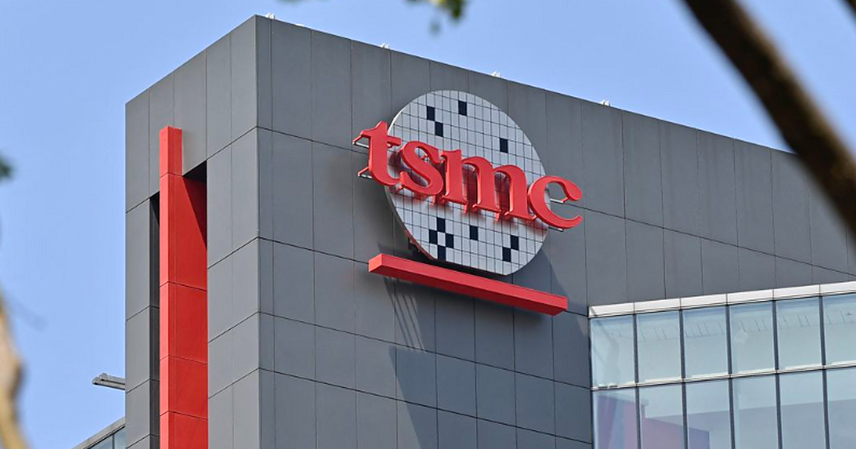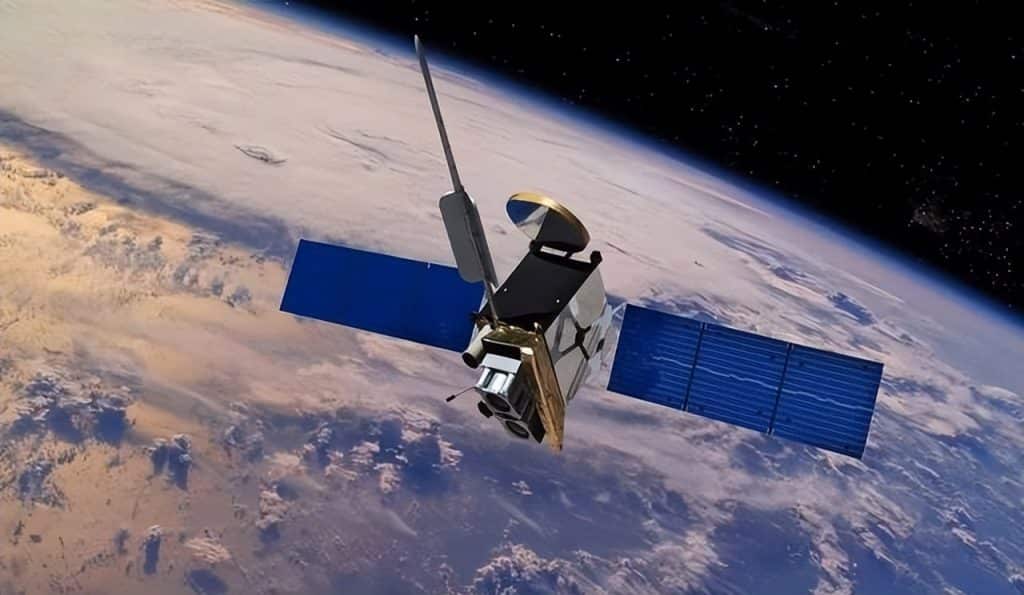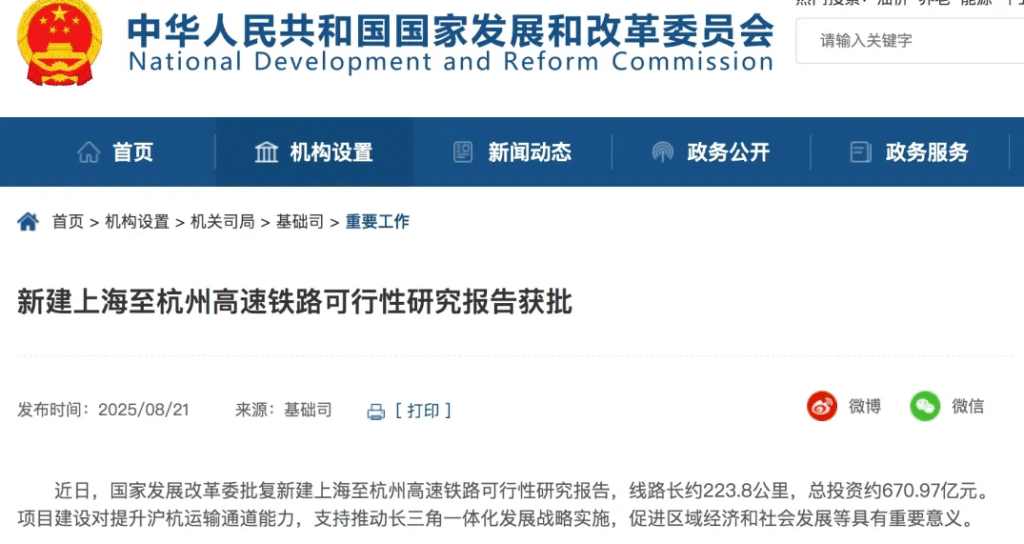TSMC, once the undisputed leader in advanced semiconductor manufacturing, now finds itself cornered — not by missiles, but by two government documents.
On one side, the U.S. revoked its export licenses to China; on the other, China introduced new rare-earth export regulations that block critical material flows to the U.S. market.
Losing access to both major markets simultaneously, TSMC now faces its most severe strategic crisis to date.
From Global Champion to Political Pawn
Few could have imagined that the world’s largest contract chipmaker, responsible for more than 90% of global advanced node production, would be trapped between the conflicting policies of Washington and Beijing.
The turning point came in early September, when the Trump administration unexpectedly revoked TSMC’s license to export high-end chips and technology to mainland China.
That decision forced TSMC to seek individual approvals for every shipment — effectively freezing its long-standing relationships with key Chinese clients.
China may account for only 11% of TSMC’s total revenue, but the chips produced at its Nanjing fab — mainly 16nm and 28nm nodes — are vital for automotive electronics and consumer devices.
Cutting off this supply means losing a stable and irreplaceable income stream.
The Rare-Earth Blow from Beijing
Then came the second hit. In October, China introduced a new regulation on rare-earth exports, directly impacting semiconductor production.
The rule restricts exports of five categories of medium and heavy rare earths, requiring an export license if a product contains more than 0.1% of Chinese-origin rare-earth materials — and explicitly brings chips below 14nm into its regulatory scope.
With about 70% of the world’s rare earths produced in China, there’s virtually no way for TSMC to avoid these inputs. Even if the company wants to supply its American clients, the rare-earth traceability requirement could halt exports entirely.
That’s a major issue: North America accounts for 70% of TSMC’s revenue, including tech giants like Apple and NVIDIA. The combined pressure from both sides could cut off nearly all of its main business lines.
The U.S. Gamble That Backfired
TSMC tried to hedge its risks. To appease Washington, it invested $165 billion in U.S. fabs, building facilities in Arizona and setting up research centers.
But reality has been harsher than expected.
Operating costs in the U.S. are 50% higher than in Taiwan, and a 3nm wafer produced in Arizona costs around $22,000, nearly $7,000 more than at home.
Labor shortages have compounded the problem. With few skilled engineers available, TSMC had to bring specialists from Taiwan at an annual cost of about $200,000 each.
Even then, yield rates — a key indicator of production efficiency — lagged far behind: 85% in Taiwan versus just 60% in Arizona during the early ramp-up phase.
Despite these sacrifices, the U.S. still revoked export permissions without hesitation.
Warnings That Went Unheeded
Some voices in Taiwan had already warned of this risk.
Former legislator Tsai Cheng-yuan cautioned that strict rare-earth controls could one day force TSMC to halt production, while retired naval captain Huang Cheng-hui defended Beijing’s policy as “a responsible and legitimate move.”
Yet TSMC tried to balance both sides — keeping its 2nm GAAFET technology confined to Taiwan to preserve a technological edge, while seeking U.S. subsidies and market access.
In the end, that strategy pleased neither Washington nor Beijing.
Losing Ground on All Fronts
Ironically, TSMC’s massive U.S. investment — once hailed as “a victory for American manufacturing” — has done little to secure its future.
The company’s supply chain is now in disarray. To comply with U.S. export restrictions, TSMC had removed Chinese-made equipment from its 2nm production lines — only to later face rare-earth shortages that cripple new fabrication runs.
Finding alternative suppliers could raise costs by 10–15% and take six months to a year for recalibration — a delay few chipmakers can afford.
Meanwhile, mainland China’s semiconductor self-sufficiency continues to rise — from 30% in 2024 to an expected 50% by 2026. As domestic foundries scale up, the void left by TSMC may quickly be filled.
The End of an Era
The global semiconductor market, valued at $630 billion annually, won’t wait for one company to recover.
Other players are already moving in to fill the vacuum.
For decades, TSMC ruled the industry through technological supremacy. But now, geopolitical forces — not engineering limits — are defining its fate.
TSMC didn’t fall because of competitors or innovation fatigue.
It fell victim to policy papers and export bans — the new weapons of an era where technology and geopolitics are inseparable.



